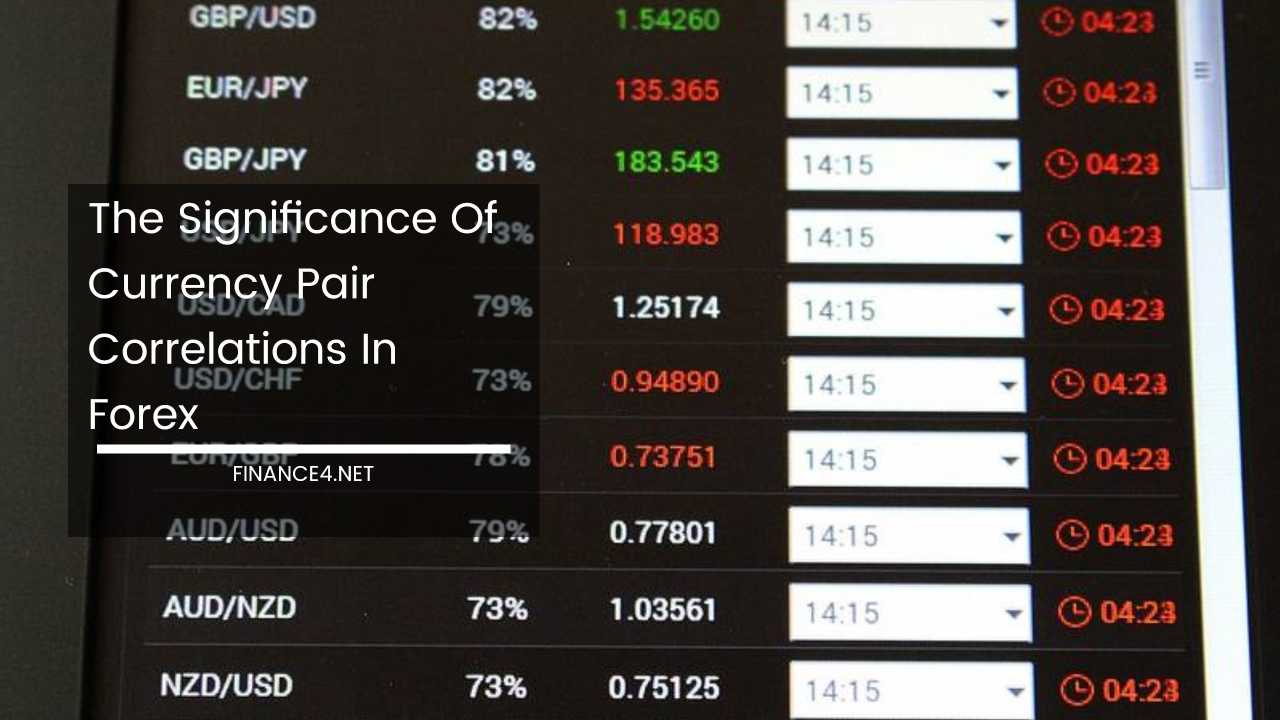Bitcoin Halving: What It is and Why It Matters for Crypto Investors

Bitcoin Halving
Bitcoin Halving: What It Is and Why It Matters for Crypto Investors
Bitcoin, the pioneering cryptocurrency, has captured the imagination of both investors and technologists since its inception.
Central to its appeal is a carefully designed mechanism called the “halving,” a scheduled event that profoundly impacts the dynamics of Bitcoin’s supply and value.
Understanding Bitcoin halving is essential for anyone involved in the cryptocurrency market, whether you’re a seasoned investor or a newcomer.
This comprehensive guide explores the concept of Bitcoin halving, its implications for Bitcoin and its investors, and factors that influence its impact.
Understanding Bitcoin Halving
Bitcoin operates on a decentralized network where transactions are validated by a process known as mining. Miners use computational power to solve complex mathematical puzzles, which secures the network and validates transactions. As a reward for their efforts, miners are given newly created bitcoins.
This reward system is fundamental to the Bitcoin protocol, serving as an incentive for miners to contribute to the network’s security and functionality.
The Bitcoin halving is an event that occurs approximately every four years (or more precisely, every 210,000 blocks) and is programmed into Bitcoin’s code. During a halving, the reward that miners receive for adding a new block to the blockchain is reduced by 50%.
This process continues until the total supply of Bitcoin reaches its capped limit of 21 million coins, a figure embedded in Bitcoin’s design to ensure scarcity and value preservation.
Historical Context of Bitcoin Halving
To understand the impact of the halving, it’s useful to look at its historical context:
- First Halving (2012): When Bitcoin first launched in January 2009, the block reward was set at 50 BTC. The first halving occurred in November 2012, reducing the reward to 25 BTC. This event marked a significant shift in Bitcoin’s economic model and set the stage for future halving events.
- Second Halving (2016): The second halving took place in July 2016, reducing the block reward to 12.5 BTC. This event continued the pattern of reducing the rate of new Bitcoin creation and heightened the cryptocurrency’s appeal to investors due to its diminishing supply.
- Third Halving (2020): The third halving occurred in May 2020, cutting the block reward to 6.25 BTC. This halving was notable for its timing, as it coincided with significant global economic uncertainty due to the COVID-19 pandemic.
- Future Halvings: The next halving is anticipated in April 2024, which will reduce the reward to 3.125 BTC. Each halving progressively decreases the rate of new Bitcoin creation, furthering the scarcity of the asset and influencing its market dynamics.
What Happens During a Halving?
During a halving, the block reward that miners receive is reduced by 50%. Here’s a detailed breakdown of what happens:
- Block Reward Reduction: The immediate effect of the halving is a reduction in the number of bitcoins awarded to miners for each block they successfully mine. This reduction is fixed and occurs at predetermined intervals, making it a predictable and built-in feature of Bitcoin’s monetary policy.
- Supply Dynamics: As the block reward decreases, the rate at which new bitcoins are introduced into the market also slows down. This gradual reduction in supply contributes to Bitcoin’s scarcity, which can affect its value.
- Miner Behavior: With a lower block reward, miners face increased pressure to maintain profitability. They may need to rely more on transaction fees, which are paid by users to prioritize their transactions, as a significant source of revenue. This can influence miners’ decisions about which transactions to include in blocks and how they manage their mining operations.
Why Does Halving Matter?
The Bitcoin halving has several important implications:
- Scarcity and ValueScarcity is a fundamental economic principle that affects asset value. By reducing the rate of new Bitcoin creation, the halving creates a supply constraint that can enhance Bitcoin’s value, assuming demand remains steady or increases. This concept mirrors the scarcity of precious metals like gold, which have historically been viewed as valuable due to their limited supply.
Historical data supports this correlation. For instance, Bitcoin’s price experienced significant increases in the months leading up to and following past halving events. The first halving in 2012 saw Bitcoin’s price rise from around $10 to over $1,000 by the end of 2013. Similarly, the 2016 halving was followed by a dramatic increase in Bitcoin’s price, culminating in the 2017 bull run that saw Bitcoin reach nearly $20,000.
- Miner EconomicsMiners are a critical component of the Bitcoin network, and their economics are directly impacted by the halving. As the block reward decreases, miners must generate additional revenue through transaction fees to remain profitable. This can incentivize miners to optimize their operations, improve mining efficiency, and seek out higher-value transactions.
The reduction in block rewards can also impact the distribution of mining power. If some miners are unable to cover their costs, they may exit the network, leading to a decrease in the overall hash rate. This could affect network security and transaction processing times until new miners enter or existing miners adjust their operations.
- Price VolatilityHistorically, Bitcoin has experienced significant price volatility around halving events. The anticipation of reduced supply often leads to speculative buying, which can drive prices up in the short term. However, the market’s response to these events can be unpredictable, with potential for both price surges and corrections.
For example, leading up to the 2020 halving, Bitcoin saw substantial price increases, but it also experienced volatility as investors reacted to changing market conditions and global events. This volatility can create both opportunities and risks for traders and investors.
- Network SecurityBitcoin’s security relies on a distributed network of miners who validate transactions and secure the blockchain. A reduction in block rewards means that miners need to earn more from transaction fees to cover their costs. If the block reward becomes too low relative to mining expenses, it could impact the security of the network by reducing the incentive for miners to participate.
However, if transaction fees become a more significant part of miners’ revenue, this could lead to a focus on optimizing transaction inclusion and prioritizing higher-fee transactions. This shift could influence network security and transaction processing dynamics.
The Impact of Halving on Crypto Investors
For investors, the Bitcoin halving represents both potential opportunities and risks. Understanding these dynamics is crucial for making informed investment decisions:
- Opportunities for Price AppreciationThe halving can create opportunities for price appreciation due to the reduced supply of new bitcoins. Investors who anticipate the effects of the halving might choose to buy Bitcoin in advance, hoping to benefit from a subsequent increase in price. Historical trends suggest that Bitcoin’s price often rises following a halving, driven by the anticipation of scarcity and increased demand.
However, timing is crucial, and market conditions can vary. While some investors might see significant gains, others could experience losses if the market doesn’t respond as expected. It’s essential to conduct thorough research and consider the broader market context when making investment decisions.
- Increased Price VolatilityThe period surrounding a halving event can be marked by increased price volatility. While the halving may lead to long-term price gains, the short-term can be unpredictable. Investors should be prepared for potential price swings and have a clear understanding of their risk tolerance and investment strategy.
For example, the lead-up to and aftermath of the 2020 halving saw significant price fluctuations, with both sharp increases and corrections. Investors should be aware of these potential fluctuations and consider strategies for managing risk.
- Long-Term Investment PerspectiveWhile short-term price movements are important, the halving’s long-term effects on Bitcoin’s value should not be overlooked. Investors with a long-term perspective might focus on the broader implications of reduced supply and its potential to drive up Bitcoin’s value over time.
A long-term investment strategy allows investors to ride out short-term volatility and potentially benefit from the gradual increase in Bitcoin’s value as its supply becomes more constrained. This approach can be particularly beneficial for those who believe in Bitcoin’s long-term potential and are willing to withstand short-term price fluctuations.
Factors Affecting Halving’s Impact
Several factors can influence the impact of the halving on Bitcoin’s price and market dynamics:
- Market SentimentInvestor sentiment plays a significant role in shaping market behavior. Positive sentiment and anticipation of price increases can drive buying activity, while negative sentiment can lead to selling pressure. The buildup to a halving event often generates excitement and speculation, which can impact price movements.
Monitoring market sentiment and investor behavior can provide valuable insights into how the halving might influence Bitcoin’s price. Sentiment analysis tools and market indicators can help investors gauge the prevailing mood and make informed decisions.
- Macroeconomic ConditionsGlobal economic factors, such as inflation rates, interest rates, and geopolitical events, can also affect Bitcoin’s price. For instance, if traditional financial markets face economic challenges, investors might turn to Bitcoin as a hedge against economic instability. Conversely, unfavorable macroeconomic conditions can lead to reduced investor confidence and selling pressure on cryptocurrencies.
Staying informed about macroeconomic trends and their potential impact on Bitcoin can help investors understand how broader economic factors might influence the cryptocurrency’s performance around a halving event.
- Technological AdvancementsTechnological developments within the Bitcoin ecosystem can influence its value. Innovations such as scalability solutions, improvements in transaction efficiency, and new use cases can enhance Bitcoin’s functionality and attractiveness.
For example, the implementation of layer-2 solutions like the Lightning Network aims to improve Bitcoin’s transaction speed and cost-efficiency, which could positively influence its value. Keeping abreast of technological advancements and their potential impact on Bitcoin’s utility and demand is crucial for understanding its long-term prospects.
- Regulatory EnvironmentGovernment regulations and policies can significantly impact the cryptocurrency market. Favorable regulations, such as clearer guidelines for cryptocurrency use and taxation, can create a more conducive environment for Bitcoin adoption and investment. Conversely, restrictive regulations or outright bans can deter investors and negatively affect Bitcoin’s price.
Monitoring regulatory developments and understanding their potential implications can help investors assess how regulatory changes might impact Bitcoin’s market dynamics. Engaging with industry news and regulatory updates can provide valuable insights into the evolving regulatory landscape.
Final Thoughts
The Bitcoin halving is a pivotal event with far-reaching implications for the cryptocurrency market. By reducing the rate at which new bitcoins are introduced into circulation, the halving introduces an element of scarcity that can influence Bitcoin’s value, miner economics, and network security.
For investors, the halving presents both opportunities and risks, making it essential to understand its potential impact on price movements and market dynamics.
Historical data and trends suggest that the halving can lead to significant price appreciation and increased volatility. However, the long-term effects on Bitcoin’s value are influenced by a range of factors, including market sentiment, macroeconomic conditions, technological advancements, and regulatory developments.
To navigate the complexities of Bitcoin halving and make informed investment decisions, investors should stay informed about the broader market context, conduct thorough research, and consider their risk tolerance and investment strategy.
As Bitcoin continues to evolve and face new challenges, understanding the implications of the halving will be crucial for leveraging its opportunities and managing its risks effectively.



